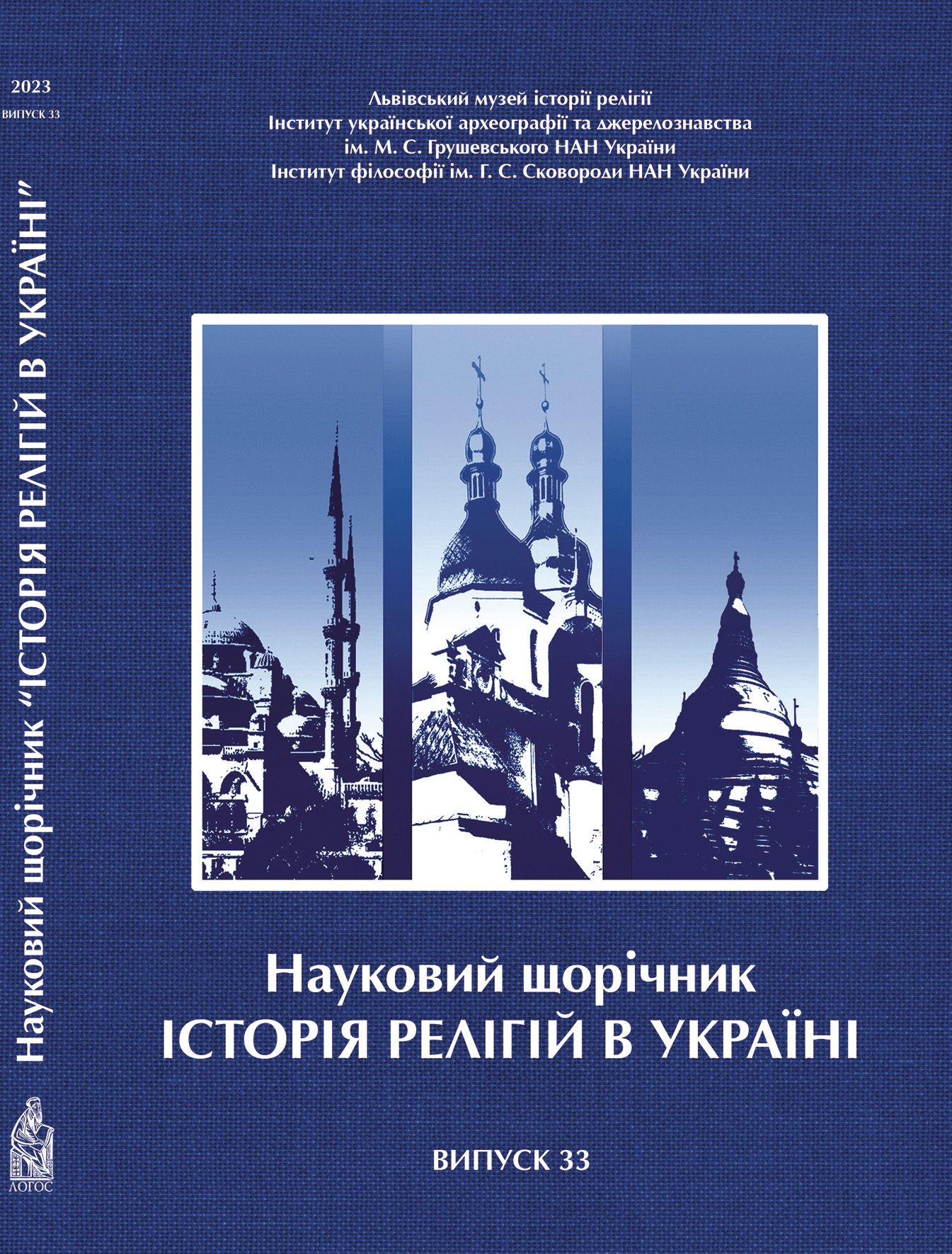Деякі аспекти загальнохристиянського та етноісторичного контекстів формування культу чудотворних образів
Анотація
Висвітлено ключові аспекти формування та розгортання основного міфологічного образного ряду християнської ойкумени та окремих його етнонаціональних проявів. З’ясовано, що поява іконописання стала одним із свідчень виходу християнства поза межі етнонаціонального юдейського середовища і першим кроком з перетворення його в світову релігію. Показано, що безумовно домінуючим типом чудотворних ікон були богородичні. Доведено, що через формування культу чудотворних образів Богородиці (ікон та в католицизмі статуй Чорних Мадонн) в християнську сакральну ієротопію інкорпоровується та зберігається трансформований і максимально завуальований образ Великої Богині-Матері, жіночий Принцип як фундаментальна її складова.
Ключові слова: Богородиця, ієротопія, Ізіда, ікона, культ, Велика Богиня-Мати, християнство, Церква, чудо

